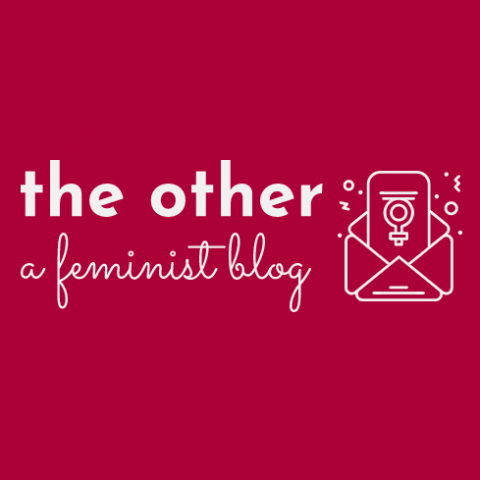Last week I explored how diet culture has allowed patriarchal beliefs to become deeply ingrained into our society. I briefly touched on how diet culture shifts to match that of societies ideal body type. Therefore, I decided that today I am exploring how the “ideal body type” is an ever changing phenomenon. This week I will be focusing on the idolisation of certain female body types and I plan to write another post concerning male societal standards.
Lets start in Ancient Greece. Historians and Classicist’s use statues and art to help determine what women were expected to look like. As you can see in the image below, women with full breasts, wide hips and thighs was favoured. Furthermore, a flat stomach was not favoured by the Ancient Greek society; instead, if a woman had larger hips and a larger stomach it indicated that she was wealthy, healthy and more likely to be more fertile.
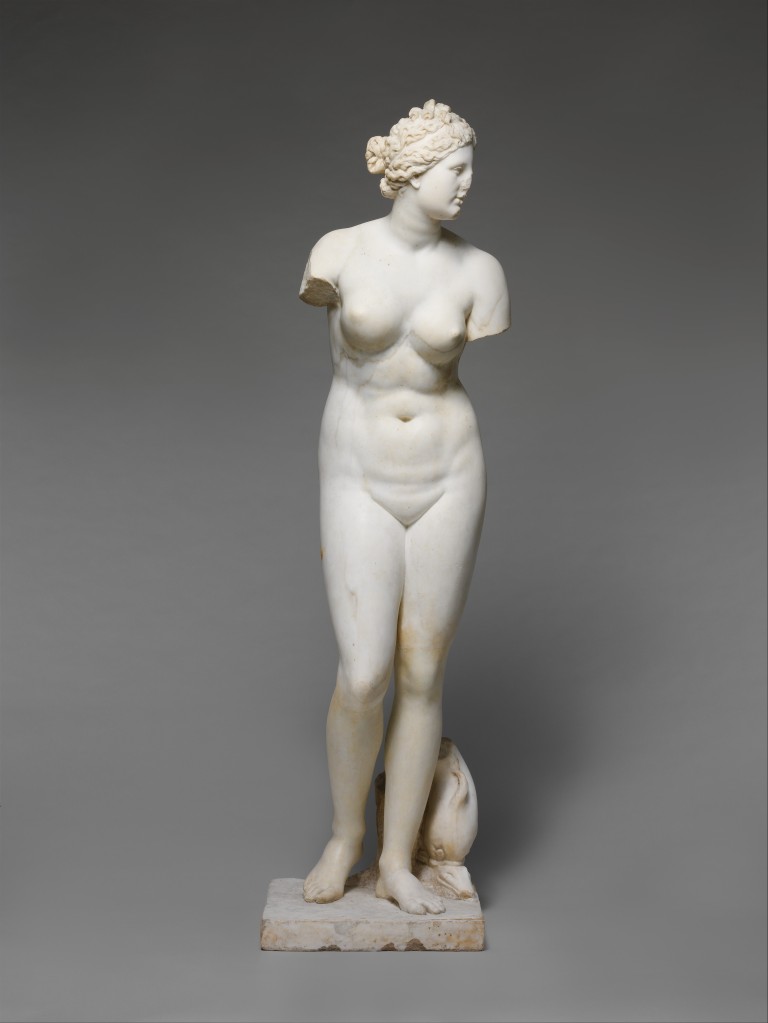
The idea of larger breasts and hips equalling beauty continued throughout history. Notably, this began to change in the Elizabethan era where the focus of beauty began to concentrate on skin tone. In the Elizabethan era women with paler skin (like Queen Elizabeth herself) were favoured. This was due to the idea that women who were more tan illustrated clear signs of working outside and women who had fairer skin presented how they were rich enough to not work. This led to many women painting their faces with lead, in order to help lighten their skin.
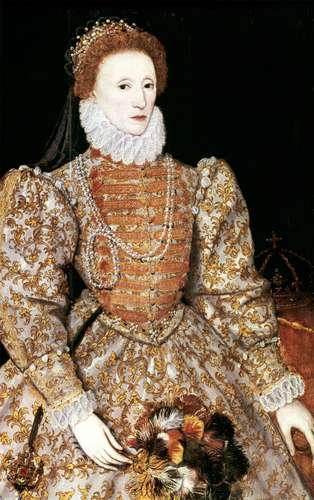
This then continued into the late 18th century, where makeup was expected to be lighter so that the dress would attract the eye. The larger and louder the dress, the wealthier a person was. At this point I think it is evident that there is a theme occurring- what made a woman attractive was her wealth.
The aestheticism slowly dispersed when the Victorian era approached. Religiosity in the form of modesty took hold and the dress code changed from extravagance to being covered. Queen Victoria paved the way for this new fashion choice, particularly after her husband- Prince Albert- passed. It was important that women did not reveal too much, and maintained her innocence before marriage. This meant that for poets like Elizabeth Barrett-Browning, poetry that explored sexuality disguised it through metaphors and powerful naturalist imagery.
Furthermore, women were deemed more attractive if they were small, petite, frail and pale; this allowed women to be deemed as the weak housewife that Victorian women were destined to be. This is a shift in what was deemed attractive; women who had wide hips, a strong stance were originally deemed as the most attractive. But now, in the Victorian era, it is the opposite that is favoured.
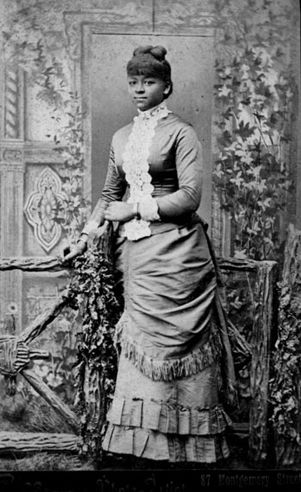
The 1890’s to the beginning of WW1 saw a new beauty standard. The Gibson girl saw a new fashion trend that women felt obligated to follow. The Gibson girl was originally an illustration by Charles Gibson. Women were expected to be fair, have a slim waist (thanks to a corset), and have fuller breasts. This may be one of the most influential body expectations that women have faced. It was no longer about looking like their queen, or about trying to be perceived as rich; instead, it is about being appealing and looking as “pretty” as possible. Whilst, evidently, before it was about being beautiful in the eyes of society, this was never at the forefront of why women forced themselves to look a certain way- class and idolisation were often bigger influences.
There was also the introduction of models- Evelyn Nesbit is considered to be the world’s first supermodel and helped to reinforce the body type that women aspired to be; there was now an example of a “normal” woman that allowed beauty standards to no longer be subjected to class.
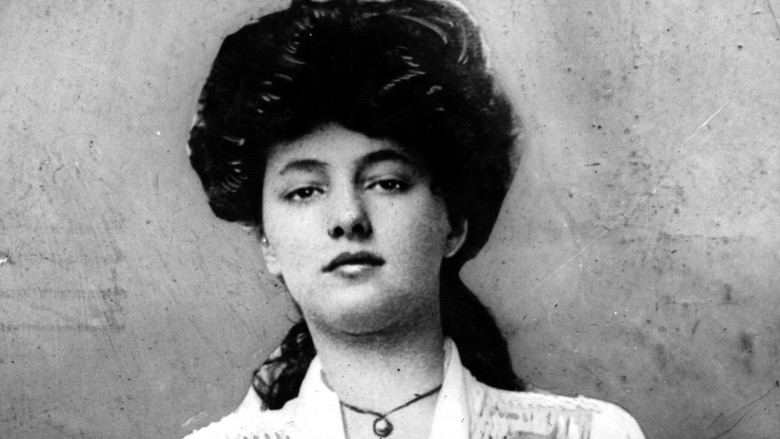
This idolisation of what could be described as an hourglass figure continued into the early 1900’s and resurfaces later. However, with hedonism on the horizon, the 1920’s saw a rise in a new favoured body type. After WW1, there was a new founded attraction to the mantra “live fast, die young” and women’s fashion embodied that. The flapper culture took hold globally and led to many women dropping the corset and raising the skirt length. Women’s fashion allowed women to cut their hair shorter- to a more “boyish” length- and women were no longer expected to cover themselves entirely. Flapper dresses were often more boxy and promoted the new ideal body type: a boyish figure.
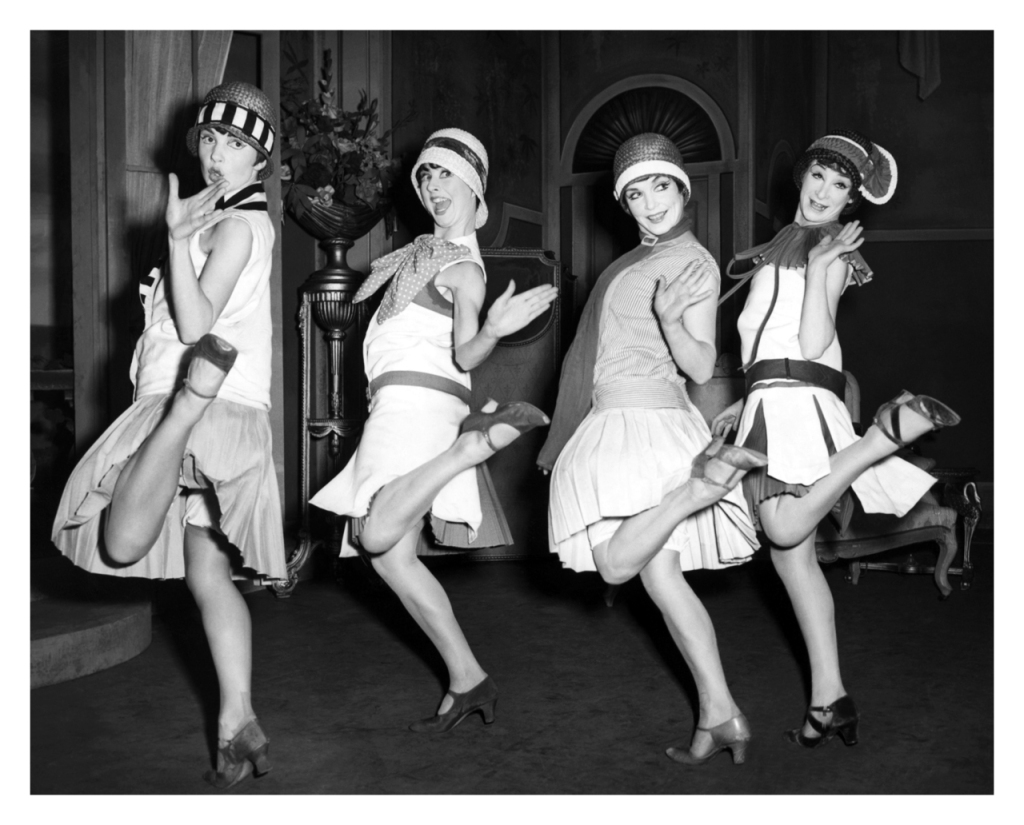
As I said before, the hourglass figure made a reappearance in the 50’s-60’s where Marilyn Monroe became the staple of fashion. A quick side note, if you haven’t read the poem “Beautiful” by Carol Ann Duffy- I suggest you do! Having a thin waist, large breasts and an hourglass figure were preferred and heavily sought after. Furthermore, makeup became more accepted and bold lipsticks, doe eyes were a look that was integral to the 50’s and 60’s. Blonde hair, and red lips became a necessity for many women if they wanted to be deemed attractive. Beauty competitions in America began to grow in popularity which added to the growing pressure to look a certain way; whoever won that year would be the idol for many young women.

Then came the 60’s-90’s. Fashion changed and political ideas became the forefront of many individual’s minds. Two waves of feminism, black lives matter and Stonewall riots allowed this era to focus on social inequalities and how to mend the wounds that society was suffering from. However, this did not prevent certain body types from being promoted. Twiggy became a staple of fashion in the 60’s and skinny became the ideal. This continued into the 70’s where skinny but a larger bust was preferred and then in the 80’s the supermodel era began. Small hips, tiny waist and a tiny BMI was required. Kate Moss replaced Twiggy and women who were not “underweight” on the BMI scale were ignored by society. This is, arguably, where the idealised skinny body type truly began- it has yet to stop influencing our daily lives.
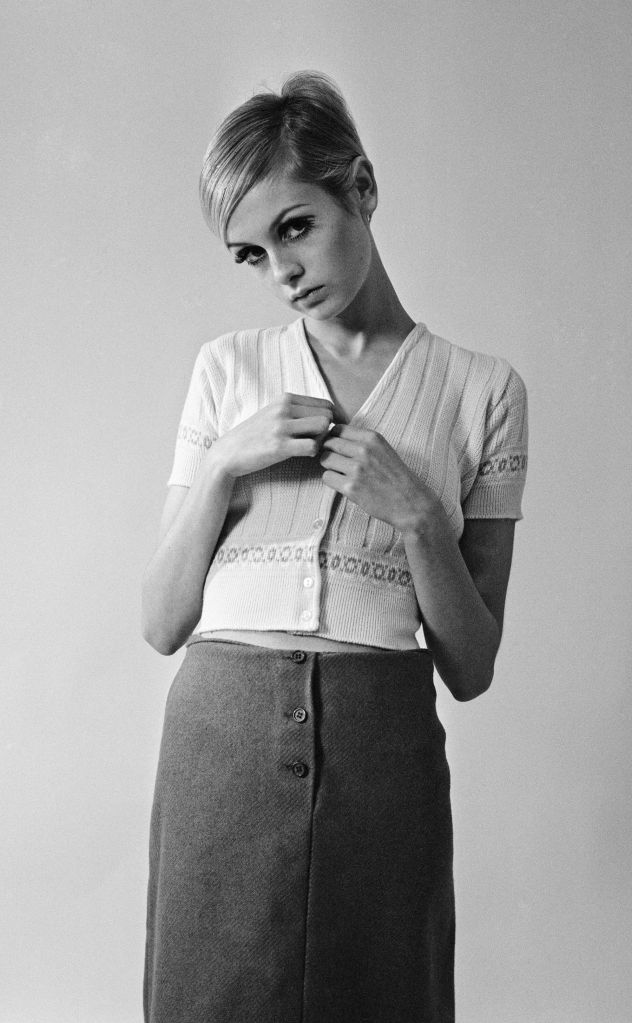
The 2000’s-2020’s then continued to promote the skinny body type but then slowly shifted back to promoting the hourglass figure. However, it is now expected for women to be model-like but with a large butt and breasts meaning that it has become physically impossible to meet societies standards. Women are expected to be “thicc” but with a thigh gap. Women need to be skinny but not too skinny, women need to curvy but not too curvy. The idea body type is no longer attainable; there are many body types being promoted in the media.
I suggest that the ideal body type in the 21st century is whatever you make it. If you are happy with your body then make that your ideal body type or if you want to try and become healthier make your idea body type “healthy”. This is a goal that is obtainable; everyone has different body shapes and different goals. You don’t need to fit into the mould that society has created.
Thank you for reading this weeks blog! Feel free to get in touch.
